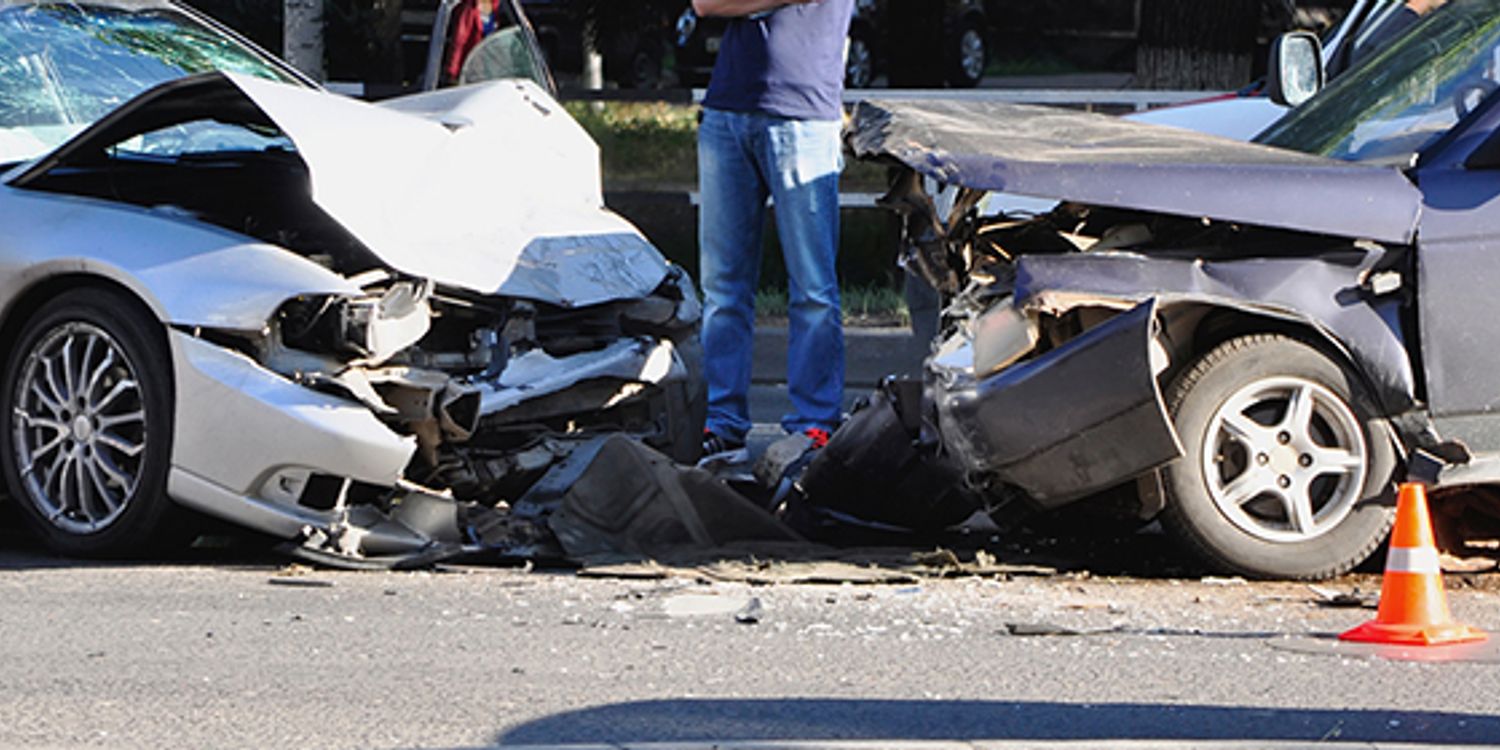Cars are one of the greatest inventions of the last 1 and half centuries and have allowed us to revolutionize how far we can travel and how quickly. Just like the airplane and the train are marvels of science and engineering, so too is the automobile. But with every scientific advancement there comes some risk. Automobile accidents are commonplace in today’s society, so much so that the National Highway Traffic Safety Administration estimates there is one motor vehicle crash every six minutes.
So, despite cars having been invented over 100 years ago, why are there so many accidents still today? Especially with the advancements in safety technology and added features.That’s exactly what we are going to take a look at here in this post, the science behind car accidents and how physics and mechanics come together to turn a car from a convenient tool, into a dangerous piece of machinery.
The Science of Combustion
The internal combustion engine is still one of the greatest inventions of all time, it has allowed us to live virtually anywhere we want and travel the entire world in a fraction of the time it used to take.
At the most basic level, the internal combustion engine works by taking fuel, such as gas, pumping it into the engine using pistons, and igniting it to create forward thrust. This forward thrust is what propels the car forward. That is why, in general, the bigger the engine the faster that a car or vehicle can go, or the more weight it can pull behind it.
What this means from a physics standpoint is that without the proper controls and safety mechanisms, cars are very close to a bullet in the way that they work. Once pointed in a direction, so long as gas is supplying the engine and nothing gets in the way, a car would keep going at whatever rate of speed forever. That’s why brakes were invented. But then why aren’t brakes enough to stop accidents from happening? Because there are many other factors in play, namely inertia.
What is Inertia?
Inertia is defined in physics as a property of matter that allows it to stay in its existing state unless acted upon by an outside force In other words “an object in motion remains in motion unless acted on by an unbalanced force”. Those are the words of Sir Isaac Newton. What this means is that when you point a car forward and you engage the engine and tell it to go forward, it will keep going forward until enough force makes it stop.
What this means in terms of car accidents is that the faster you drive, the more inertia you build up and the harder it is to stop your vehicle. The mass of the vehicle also figures into how much it takes to stop as well. The heavier a vehicle is or the more mass it has, the harder it is to stop once it is in motion. This means that even if you apply the brakes, it is still going to take time to come to a complete stop. The faster you go and the bigger the vehicle, the more time it takes to stop.
Final Thoughts
These are just a couple of the reasons that cars are difficult for us to control. Even with brakes and warning signs and other safety features, at the end of the damage we are driving large heavy objects around that take skill to handle and patience to avoid an accident. If you want to lower your chance of an accident, drive carefully, give yourself plenty of time to stop, and watch out for other drivers.


